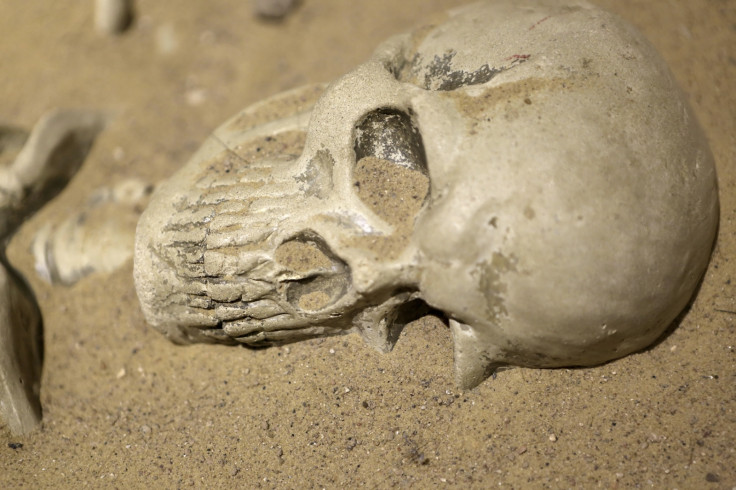Ancient skeletons shed light on how early humans became farmers 10,000 years ago
Neolithic farming emerged in genetically distinct populations at different locations.

Ancient skeletons have revealed how farming emerged among genetically distinct Neolithic populations around 10,000 years ago – a "surprising" find that puts to bed a long-held assumption about the rise of agriculture. The discovery shows how the same farming techniques emerged in societies independently, rather than knowledge being spread from a single cradle.
The move from hunter gatherer societies to farming ones is considered the single biggest transition of humans after the move out of Africa 200,000 years ago. It led to huge changes to society, including dietary changes, increases in population, the emergence of new diseases and ultimately who we are today.
How farming first emerged has been hotly debated for over a century. One idea is that it came from a single population – most likely the ancient Neolithic Anatolians – and spread outwards into Europe.
An international team of scientists has now provided evidence to suggest this is not the case. Published in the journal Science, the team analysed the DNA from skeletons found in Zagros in Iran. The skeletons were from an early farming society and dated to around 8,000 BC, making them some of the earliest Neolithic humans in the world.
They would almost certainly have looked different, and spoken different languages. It seems like we should be talking of a federal origin of farming."
Their findings showed this population was genetically distinct from the first farmers found in the Aegean and Europe. "It had been widely assumed that these first farmers were from a single, genetically homogeneous population. However, we've found that there were deep genetic differences in these early farming populations, indicating very distinct ancestries," said corresponding author Garrett Hellenthal.
The populations would have split at least 46,000 years earlier. "We know that farming technologies, including various domestic plants and animals, arose across the Fertile Crescent, with no particular centre," said co-author Mark Thomas. "But to find that this region was made up of highly genetically distinct farming populations was something of a surprise... They would almost certainly have looked different, and spoken different languages. It seems like we should be talking of a federal origin of farming."
The team found similarities between the ancient Iranian farmers and people living in southern Asia today. In comparison, Anatolian farmers are more closely related to people in Europe.
Stephen Shennan, another co-author, said: "We've shown for the first time that different populations in different parts of the Fertile Crescent were coming up with similar solutions to finding a successful way of life in the new conditions created by the end of the last Ice Age."
© Copyright IBTimes 2025. All rights reserved.






















